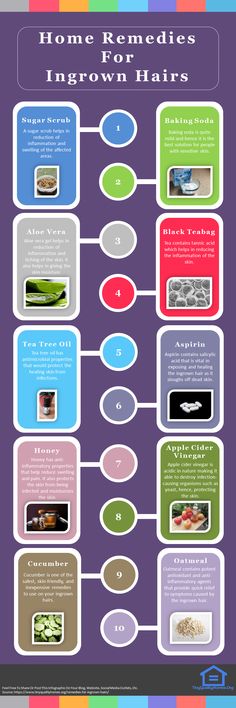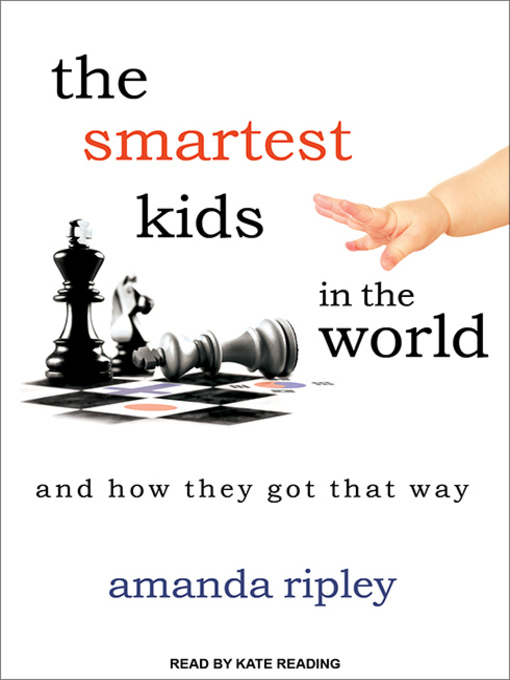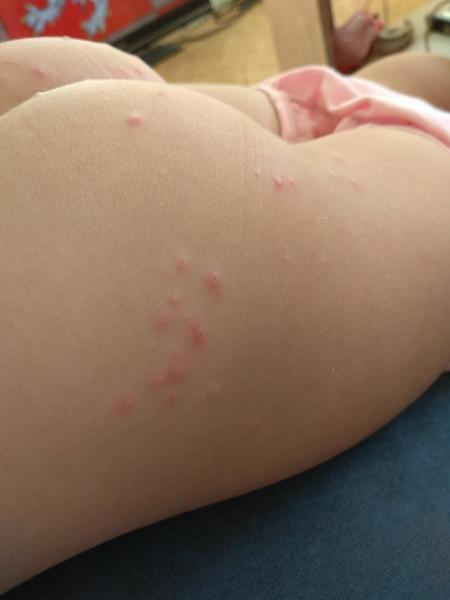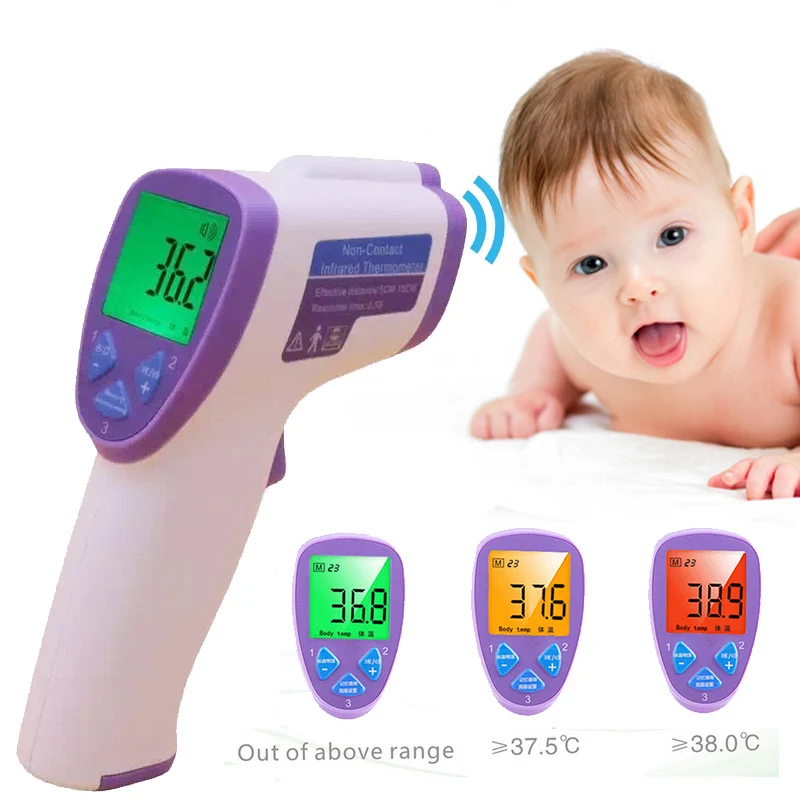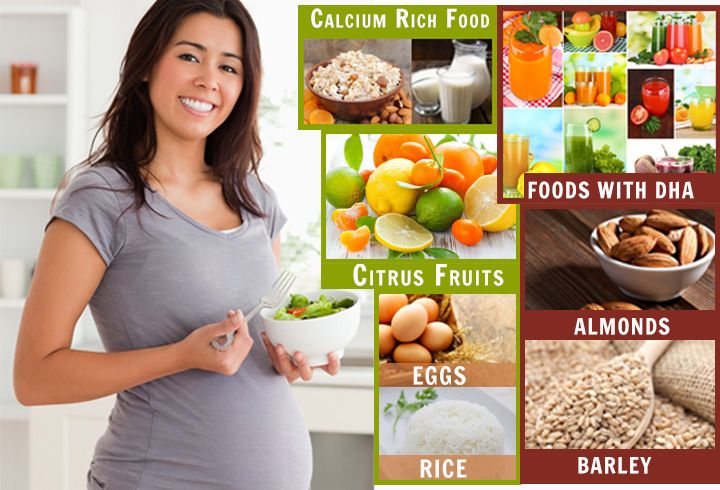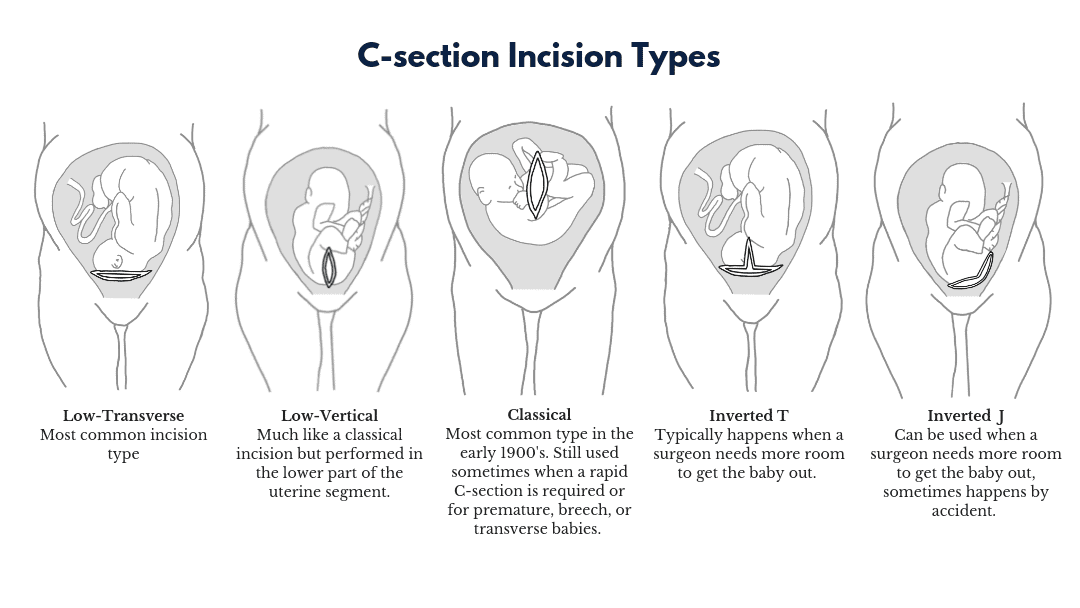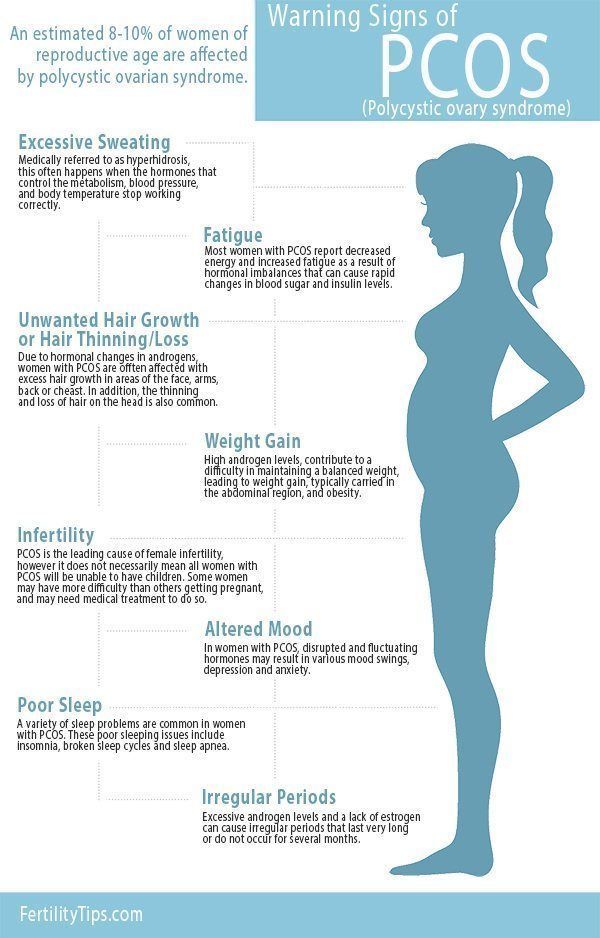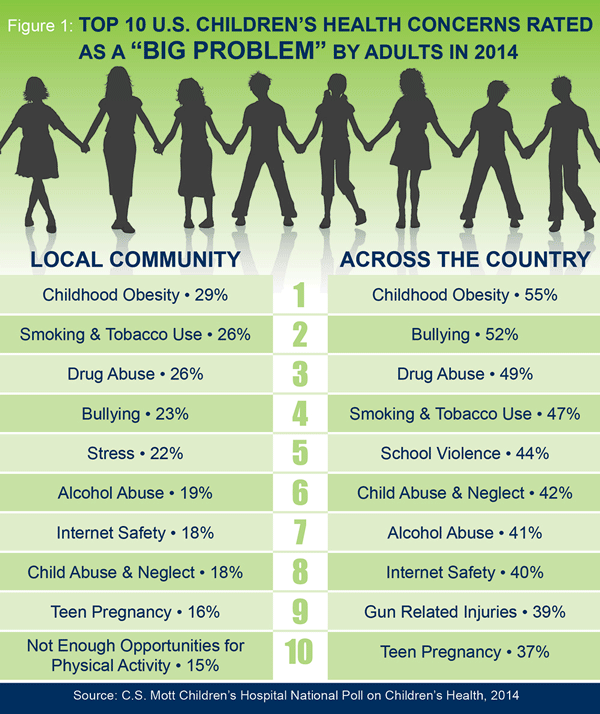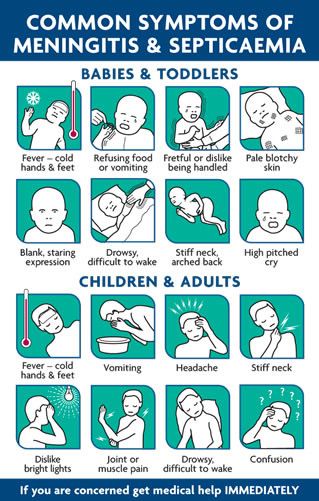Fever for a 3 month old
Fever (0-12 Months)
Is this your child's symptom?
- An abnormal high body temperature
- Fever is the only symptom. Your child has a true fever if:
- Rectal (bottom), Ear or Forehead temperature: 100.4° F (38.0° C) or higher
- Under the arm (armpit) temperature: 99° F (37.2° C) or higher
- Caution: Ear temperatures are not accurate before 6 months of age
- Caution: Forehead temperatures must be digital. Forehead strips are not accurate.
Causes of Fever
- Overview. Almost all fevers are caused by a new infection. Viruses cause 10 times more infections than bacteria. The number of germs that cause an infection are in the hundreds. Only a few common ones will be listed.
- Viral Infections. Colds, flu and other viral infections are the most common cause. Fever may be the only symptom for the first 24 hours. The start of viral symptoms (runny nose, cough, loose stools) is often delayed.
Roseola is the most extreme example. Fever may be the only symptom for 3 to 5 days. Then a rash appears.
- Bacterial Infections. A bladder infection is the most common cause of silent fever in girls.
- Vaccine Fever. Fever with most vaccines begins within 12 hours. It lasts 2 to 3 days. This is normal and harmless. It means the vaccine is working.
- Newborn Fever (Serious). Fever that occurs during the first 3 months of life can be serious. All of these babies need to be seen as soon as possible. The fever may be due to sepsis (a bloodstream infection). Bacterial infections in this age group can get worse quickly. They need rapid treatment.
- Meningitis (Very Serious). A bacterial infection of the membrane that covers the spinal cord and brain. The main symptoms are a stiff neck, headache and confusion. Younger children are lethargic or so irritable that they can't be consoled. If not treated early, can suffer brain damage.
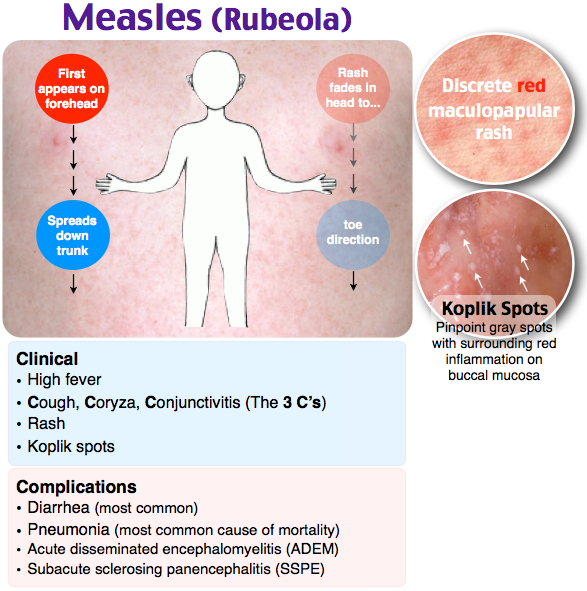
- Overheated. The fever is usually low grade. Can occur during heat waves or from being overdressed. The temp becomes normal in a few hours after moving to a cooler place. Fever goes away quickly with rest and drinking extra fluids.
- Not Due to Teething. Research shows that "getting teeth" does not cause fevers.
Fever and Crying
- Fever on its own shouldn't cause much crying.
- Frequent crying in a child with fever is caused by pain until proven otherwise.
- Hidden causes can be ear infections, kidney infections, sore throats and meningitis.
Normal Temperature Range
- Rectal. A reading of 98.6° F (37° C) is just the average rectal temp. A normal low can be 96.8° F (36° C) in the morning. It can change to a high of 100.3° F (37.9° C) late in the day. This is a normal range.
When to Call for Fever (0-12 Months)
Call 911 Now
- Not moving
- Can't wake up
- Severe trouble breathing (struggling for each breath; can barely speak or cry)
- Purple or blood-colored spots or dots on skin
- You think your child has a life-threatening emergency
Call Doctor or Seek Care Now
- Trouble breathing, but not severe
- Great trouble swallowing fluids or spit
- Fever in baby less than 12 weeks old.
 Caution: Do NOT give your baby any fever medicine before being seen.
Caution: Do NOT give your baby any fever medicine before being seen. - Fever over 104° F (40° C)
- Shaking chills (shivering) lasting more than 30 minutes
- Nonstop crying or cries when touched or moved
- Won't move an arm or leg normally
- Dehydration suspected. No urine in over 8 hours, dark urine, very dry mouth and no tears.
- Weak immune system. Examples are sickle cell disease, HIV, cancer, organ transplant, taking oral steroids.
- Your child looks or acts very sick
- You think your child needs to be seen, and the problem is urgent
Contact Doctor Within 24 Hours
- Age 3-6 months old with fever
- Age 6-12 months old with fever that lasts more than 24 hours. There are no other symptoms (such as cough or diarrhea).
- Fever lasts more than 3 days
- Fever returns after gone for more than 24 hours
- You think your child needs to be seen, but the problem is not urgent
Contact Doctor During Office Hours
- You have other questions or concerns
Self Care at Home
- Fever with no other symptoms and your child acts mildly ill
Seattle Children's Urgent Care Locations
If your child’s illness or injury is life-threatening, call 911.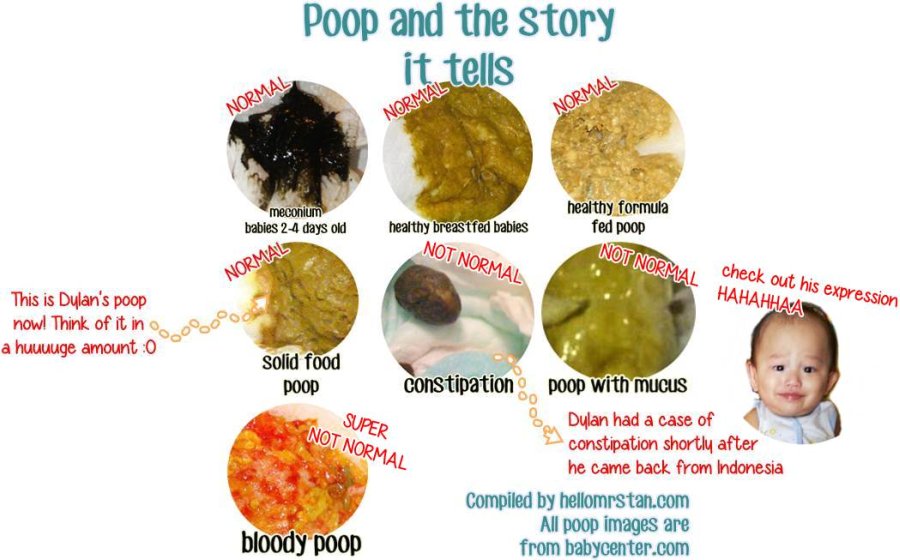
- Bellevue
- Everett
- Federal Way
- Seattle
Care Advice for Fever
- What You Should Know About Fever:
- Having a fever means your child has a new infection.
- It's most likely caused by a virus.
- You may not know the cause of the fever until other symptoms develop. This may take 24 hours.
- For infants more than 3 months old, most fevers are good for sick children. They help the body fight infection.
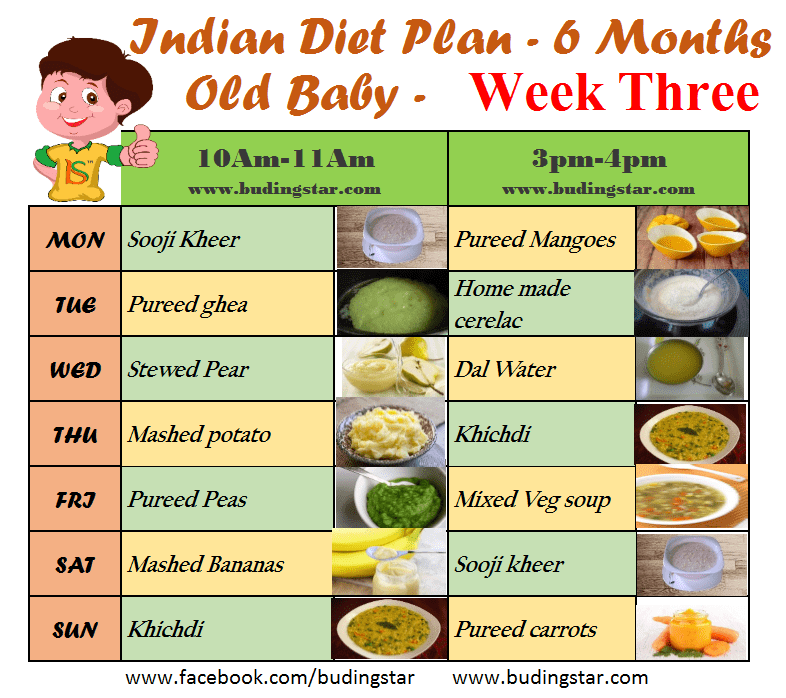
- Use the ranges below to help put your child's level of fever into perspective:
- 100° - 102° F (37.8° - 39° C) Low grade fever: helpful, good range. Don't treat.
- 102° - 104° F (39 - 40° C) Average fever: helpful. Treat if causes discomfort.
- Over 104° F (40° C) High fever: causes discomfort, but harmless. Always treat.
- Over 106° F (41.1° C) Very high fever: important to bring it down. Rare to go this high.
- Over 108° F (42.3° C) Dangerous fever: fever itself can be harmful.
- Treatment for All Fevers - Extra Fluids:
- Fluids alone can lower the fever. Reason: being well hydrated helps the body give off heat through the skin.
- For shivering (or the chills), give your child a blanket. Make them comfortable.
- Offer your child extra water or other fluids by mouth. Cold fluids are better. Until 6 months old, only give extra formula or breastmilk.
- For all children, dress in 1 layer of light weight clothing, unless shivering.
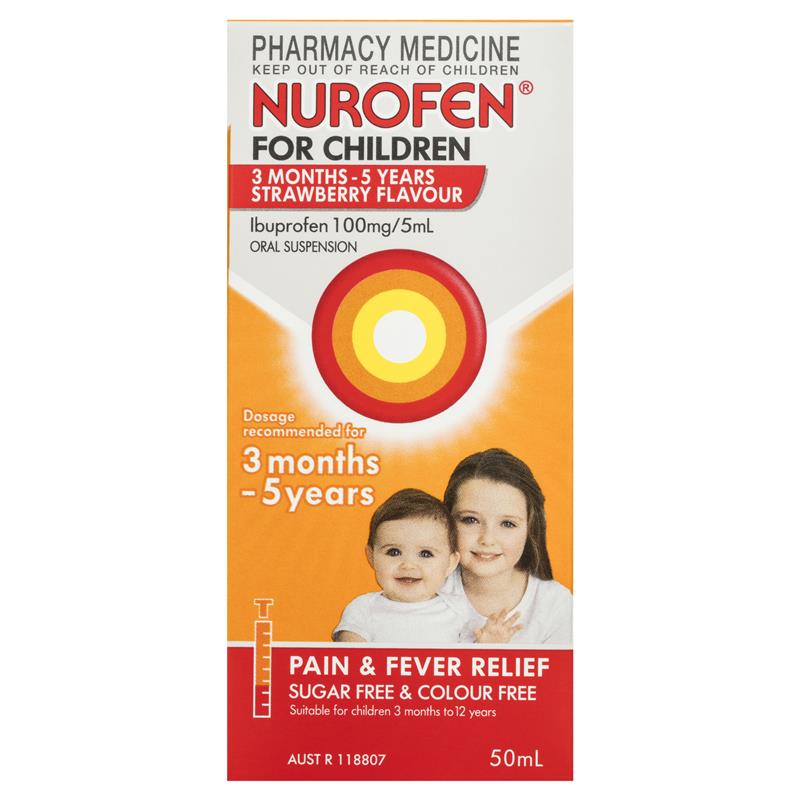 Reason: also helps heat loss from the skin.
Reason: also helps heat loss from the skin. - For shivering (or the chills), give your child a blanket. Make them comfortable.
- Caution: if a baby under 1 year has a fever, never overdress or bundle up. Reason: Babies can get over-heated more easily than older children.
- Fever Medicine:
- Caution: Do not give a baby under 3 months any fever medicine. Most of these babies will need to be seen.
- For fevers 100°-102° F (37.8° - 39°C), fever meds are not needed. Reason: fevers in this range help the body fight the infection. Fevers turn on the body's imune system. Fevers don't cause any discomfort. Fever meds are mainly needed for fevers higher than 102° F (39° C).
- Give an acetaminophen product (such as Tylenol).
- Another choice is an ibuprofen product (such as Advil) if over 6 months old.
- Goal of treatment: keep the fever at a helpful level. Most often, the fever meds lower the fever by 2° to 3° F (1 - 1.
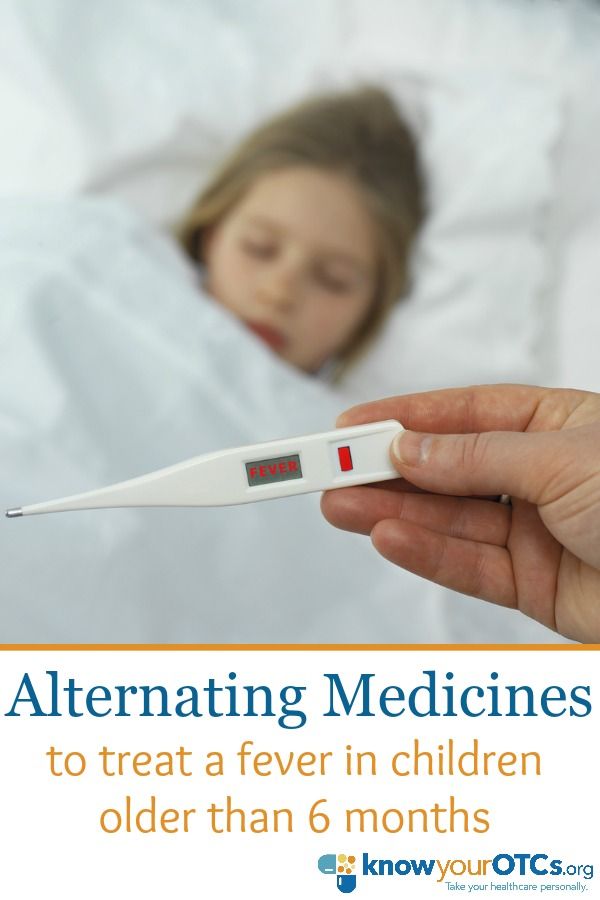 5° C). They do not bring it down to normal. It takes 1 or 2 hours to see the effect.
5° C). They do not bring it down to normal. It takes 1 or 2 hours to see the effect. - Do not use aspirin. Reason: Risk of Reye syndrome, a rare but serious brain disease.
- Do not use both acetaminophen and ibuprofen together. Reason: Not needed and a risk of giving too much.
- Pain: fever does not cause pain. If your child also has pain, it's from the infection. It may be a sore throat or muscle pain. Treat the pain, if it's more than mild.
- Return to Child Care:
- Your child can return to child care after the fever is gone. Your child should feel well enough to join in normal activities.
- What to Expect:
- Most fevers with viral illnesses range between 101° and 104° F (38.4° and 40° C).
- They may last for 2 or 3 days.
- They are not harmful.
- Call Your Doctor If:
- Your child looks or acts very sick
- Any serious symptoms occur such as trouble breathing
- Fever goes above 104° F (40° C)
- Any fever occurs if less than 12 weeks old
- Fever without other symptoms lasts more than 24 hours
- Fever lasts more than 3 days (72 hours)
- You think your child needs to be seen
- Your child becomes worse
And remember, contact your doctor if your child develops any of the 'Call Your Doctor' symptoms.

Disclaimer: this health information is for educational purposes only. You, the reader, assume full responsibility for how you choose to use it.
Last Reviewed: 12/01/2022
Last Revised: 09/18/2022
Copyright 2000-2022 Schmitt Pediatric Guidelines LLC.
What should I do if my baby has a fever?
Something’s not right with your little one. While usually a good eater, your baby won’t take a bottle or breastfeed. They have no interest in their favorite toy even when you make it dance before their eyes. And when you reach out to console them, their skin is hot to the touch. Is it a fever?
As a parent, you know when your baby isn’t acting normal. And if you think your baby has a fever, it’s understandable to be a little nervous. You’d rather feel sick yourself than have your little one be under the weather.
Try not to worry. Every baby will likely have a fever at some point in their young lives, and most fevers are mild and can be treated at home.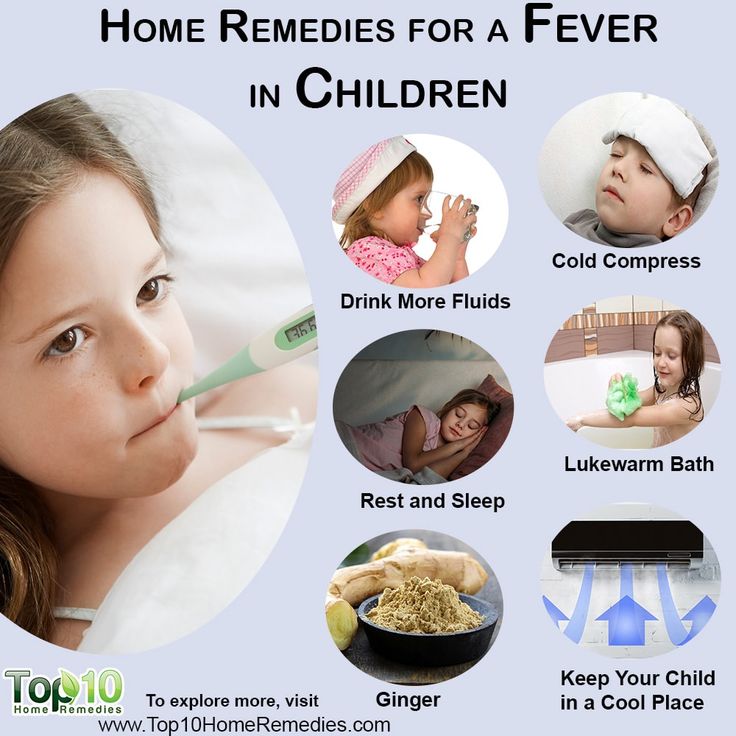
Still, it’s important to know the signs of fever in babies, how to take their temperature, what’s considered a fever, and when to call your baby’s doctor or seek immediate care for fever symptoms.
Common signs of a fever in babies
So, what are signs that baby may have a fever? These are some of the first cues:
- Baby’s forehead or neck feels warm when you use the back of your hand to check (their body temperature should be about the same as yours).
- If your child is acting normal, but their temperature is elevated, don’t worry just yet. Sometimes little ones can run quick fevers but not be sick. So, monitor them for any symptoms listed below.
- Baby doesn’t look like themselves. Maybe they’re shivering, sweating or have flushed red cheeks.
- Baby is acting differently. For example, they may:
- Seem weaker or sleepier than usual
- Be extra fussy
- Have a decreased appetite or poor eating
- Show no interest in playing
- Have trouble sleeping
- Baby isn’t peeing like normal.
 When you change their diaper, you notice changes in urine color, odor or amount.
When you change their diaper, you notice changes in urine color, odor or amount. - Baby is vomiting.
Causes of fever in babies
A fever is not an illness and is often, but not always, a sign that baby’s immune system is fighting something. Here are some of the most common reasons for fevers:
- A cold or flu
- Ear infection
- Urinary infection
- Pneumonia
- Bacterial infection caused by a severe diaper rash
- A mild side effect of recent vaccinations
- They’re overheated
How to take your baby’s temperature
If your baby is showing any signs of a fever, take their temperature. The best way to do this – and the thermometer to use – depends on your baby’s age.
Finding the right thermometer
The best temperature readings come from direct contact with your baby. So, for the first six months of their life, you should always use a digital thermometer.
You’ve probably used a digital thermometer to take your own temperature by placing it under your tongue.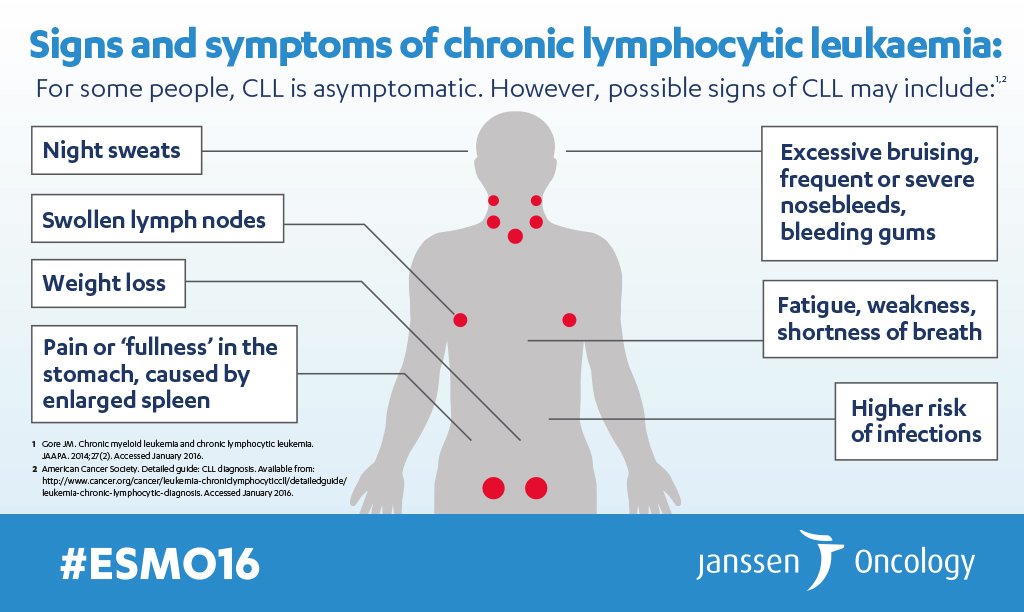 But you’ll take your baby’s temperature by placing the thermometer in either their armpit or rectum.
But you’ll take your baby’s temperature by placing the thermometer in either their armpit or rectum.
So, look for one that is labeled for rectal use. You may also find an all-in-one thermometer that can be used orally, rectally or in their armpit. If you opt for an all-in-one thermometer for rectal use, make sure to label it. The same thermometer should never be used for both rectal and oral temperatures.
Once your baby is over 6 months old, you can use remote thermometers for the forehead and ear canal to take their temperature. Thermometers not recommended for any age baby include plastic strip thermometers, pacifier thermometers and smartphone temperature apps.
How to take your baby’s temperature rectally
A rectal temp is considered the gold standard for accurately knowing an infant’s temperature until they’re over 6 months old. Here’s how to get an accurate reading:
Using a digital thermometer to measure rectal temperature
- Clean the digital thermometer by washing it with soap and water, or wiping with rubbing alcohol.
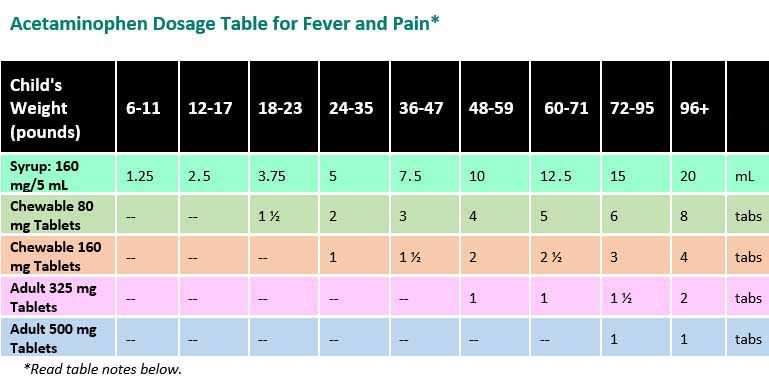
- Lay your baby down either on their back or belly with legs bent toward their chest.
- Apply petroleum jelly to the metal tip of the thermometer and gently glide it into the rectal opening – usually about half an inch, but follow your specific thermometer’s instructions carefully.
- Turn on the thermometer.
- Hold the thermometer in place until it beeps – usually about two minutes.
- Slide out the thermometer.
- Make note of the temperature.
- Clean the thermometer before storing.
If you’re uncomfortable taking your baby’s temperature rectally, you can call a nurse line and ask to be walked through the process over the phone (both your clinic and health plan likely offer this kind of service).
How to take your baby’s temperature under their arm
Taking your baby’s temperature under their arm is very simple. Just know that this type of reading is less accurate, and can be affected by the amount of clothing your baby is wearing and the temperature in the room.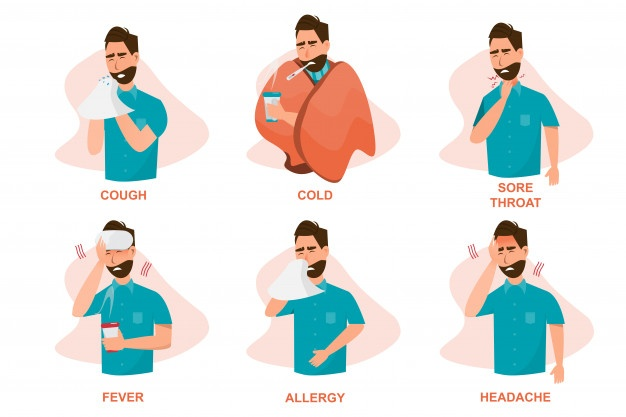
Using a digital thermometer to measure armpit temperature
- Remove baby’s clothes so their chest is bare.
- Place the digital thermometer in one of their armpits.
- Fold their arm over the thermometer.
- Turn on the thermometer.
- Hold their arm in place until the thermometer beeps, which usually happens in less than two minutes.
- Remove the thermometer.
- Make note of the temperature, adding one degree to the reading.
How to take your baby’s temperature with a remote forehead thermometer
If your baby is older than 6 months, a temporal artery thermometer (TAT) can be an easy way to measure your baby’s forehead temperature from a distance.
A TAT uses infrared light to read the temperature of the temporal artery, which is located in your baby’s forehead.
The benefit of a TAT is that it can quickly record a temperature, and your little one won’t need to hold still for a whole minute or two. But readings can be less accurate than digital thermometers.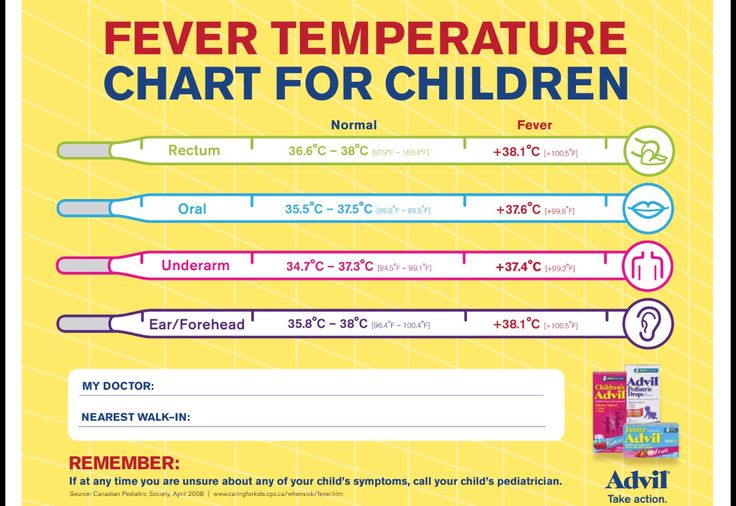
Using a temporal artery thermometer
- Make sure baby’s forehead is clean and dry.
- Hold thermometer in front of the baby’s forehead at the correct distance. (This distance is different for every thermometer, so make sure to follow the directions for your specific model.)
- Hold down the button and wait for the thermometer to beep. This shouldn’t take more than a couple seconds.
- Make note of the temperature.
How to take baby’s temperature with a remote in-ear thermometer
Another option for babies 6 months and older is an in-ear thermometer. Also called a tympanic thermometer, this type of thermometer measures the temperature of the ear drum using infrared light.
A tympanic thermometer is similar to a TAT but has a small cone-shaped probe to use in the ear canal. Some TATs have probe attachments that allow them to be used in-ear.
Using a tympanic thermometer
- Check the inside of baby’s ear to make sure it’s clean.

- Clean the tip of the probe with rubbing alcohol.
- Gently tug your baby’s ear straight back to make room for the probe.
- Gently ease the probe into the ear canal.
- Press the button and hold thermometer in place until it flashes or beeps. This is usually just a second or two.
- Remove thermometer.
- Take note of the temperature.
If used correctly, in-ear thermometers can provide reliable temperature readings in older babies. But they aren’t as accurate if your baby has earwax buildup or a small, curved ear canal.
What is a normal temperature for a baby?
Some changes in your baby’s temperature are completely normal. A baby’s temperature naturally goes up throughout the day or when lying in a warm blanket. Likewise, their temperature may go down on colder days or after spending time in the bath.
Generally, a normal temperature for a baby is between 97 degrees and 100.3 degrees Fahrenheit. If something’s off with your baby’s internal systems, you’ll typically see bigger spikes or drops in temperatures that don’t go away on their own, and the baby will start to act sick.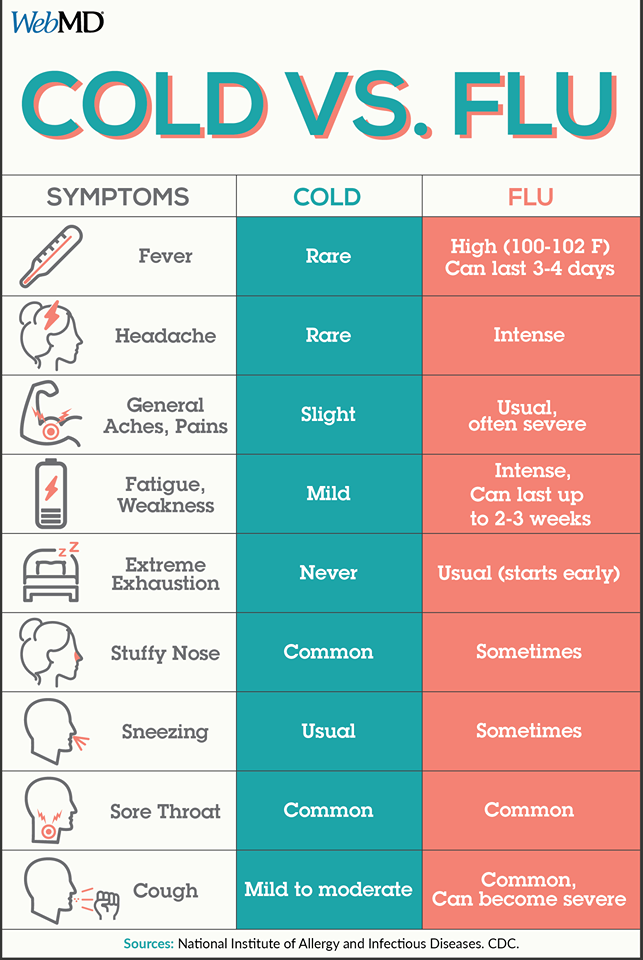
Baby temperature chart
| Baby’s temperature | What does it mean? |
|---|---|
| Lower than 95 degrees Fahrenheit | Baby’s temperature is too low |
| 97 – 100.3 degrees Fahrenheit | Baby’s temperature is within normal range |
| 100.4 – 103.9 degrees Fahrenheit | Baby has a fever |
| Greater than 104 degrees Fahrenheit | Baby has a high fever |
Low-grade fevers or mild fevers in babies are often described by several different ranges. Some people may consider anything between 98.6 degrees and 100.3 degrees a mild fever. Others may think temperatures between 99.5 degrees and 102.2 degrees indicate a mild fever.
Among most doctors, a mild or low-grade fever in babies is between 100 and 102 degrees. But, unless your baby’s behavior has changed or there are other concerning symptoms, no treatment may be necessary.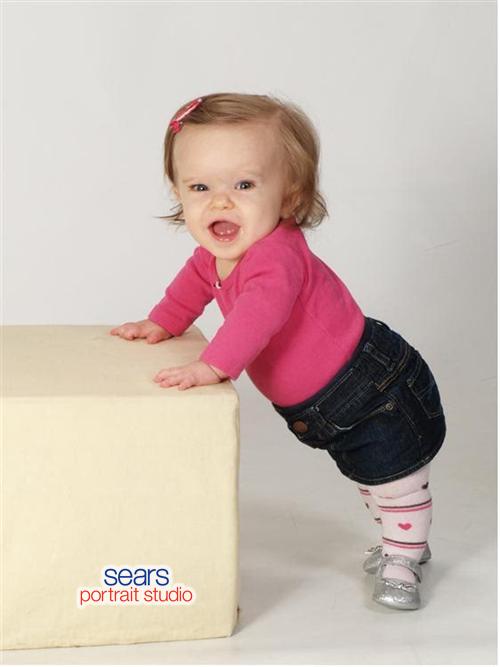
Baby fever treatment based on age
If baby has a fever, does that mean you should immediately call your baby’s doctor? Not necessarily. A lot depends on your baby’s age and the type of fever they have. Here’s a quick rundown of treatment, depending on your baby’s age.
If your baby is less than 3 months old
What’s considered a fever in a newborn? While a fever is a fever, regardless of age, doctors want to see younger babies with fevers sooner. That’s because young babies can get very sick, very quickly and it’s important to identify the cause and start treatment as soon as possible.
So, call your baby’s doctor or nurse line if their temperature is 100.4 degrees or higher. If your baby is less than two months old, the doctor will want to see baby as soon as possible. Also, anytime your baby is acting ill – whether a fever is present or not – call in.
You can help your baby feel comfortable at home by keeping them in lightweight clothing and not over-bundling with blankets.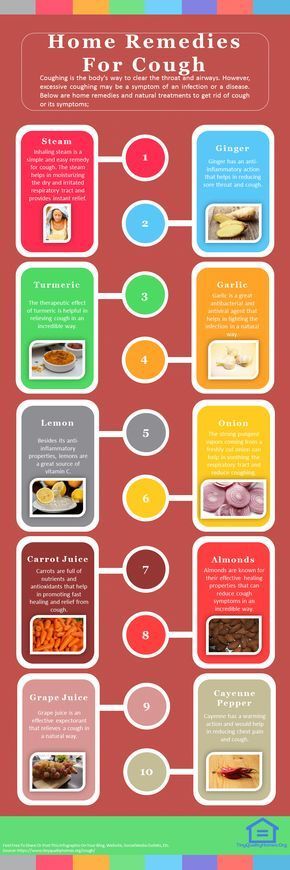 Also, try to increase the frequency of breastfeeding or bottle feeding to prevent dehydration.
Also, try to increase the frequency of breastfeeding or bottle feeding to prevent dehydration.
Watch out for low body temp in infants
What should you do if your baby’s temperature is low? If your baby is cold, warm them up! Cuddling under a warm blanket or an extra layer of clothing are good choices to warm up your baby. But you should call your doctor if their temperature drops below 97 degrees.
Small babies are less able to regulate their body temperature. In other words, sometimes when babies get cold, they stay cold or get even colder.
If a baby’s temp stays low for a long period of time, it can affect their metabolism and breathing, as well as increase their overall risk of serious complications. So if your baby is cold to the touch, or has blue lips or fingers, take their temperature. If it’s low, give your baby’s doctor a call.
If your baby is 3–6 months
If your baby has a mild fever, but they’re acting normal, you may not need to see the doctor.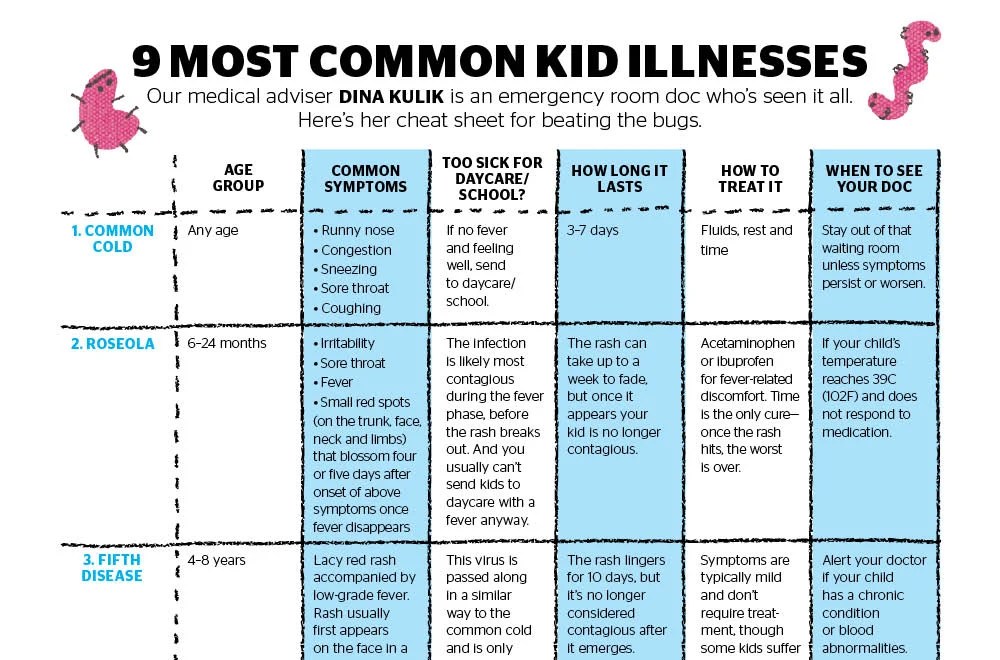 Usually the best course of action is keeping baby comfortable, dressing them in light clothing and making sure they are getting enough to drink.
Usually the best course of action is keeping baby comfortable, dressing them in light clothing and making sure they are getting enough to drink.
But if your baby’s temperature is above 102 degrees, definitely call. When you talk to the nurse line or doctor, they will want to know if your baby is not eating or sleeping well, or if they seem less comfortable than normal. Using this information, the nurse or doctor will provide a recommendation on what to do next, which may include giving your child a dose of Tylenol to help with comfort.
A mild fever can actually be a good thing because it shows that baby’s immune system is working the way it should. Making sure that baby is getting enough liquids will help keep them comfortable – and hydrated – so continue with frequent feedings.
And as a heads up, you’ll probably start to see more crying, crankiness and mild fevers when your baby starts teething, which usually happens at around 6 months. Teething time can be a challenge, so try out different ways to make your baby more comfortable and teething easier, including a solid teething ring, a wet washcloth or a refrigerated pacifier.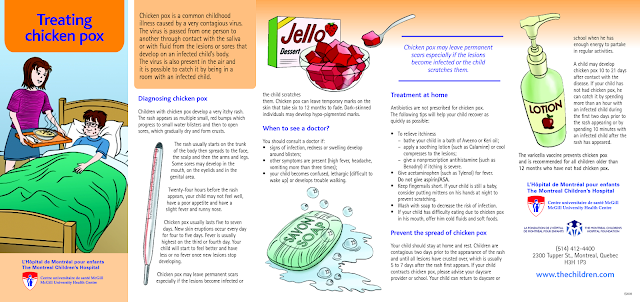
If your baby is 6–24 months
If your baby is drinking plenty of fluids, still sleeping well and continuing to play, there may be no need to treat a mild fever. You probably will only need to come in if your little one has a temp of 102 degrees or higher that lasts longer than a day. Give the nurse line a call if you’d like help determining if you should schedule an appointment. They can also recommend which medicines to use and how much, if necessary.
When to call your baby’s doctor or seek care for a fever
Here are some guidelines for when to seek care based on your baby’s age and temperature. But if you’re concerned about your baby and their temperature is normal, call anyway. The pediatric team at HealthPartners is always here for you and your little one.
Call your baby’s doctor or nurse line within 24 hours if:
- Your baby is 2 to 3 months old and has a temperature of 100.4 degrees or higher, or a temperature lower than 97 degrees.
- Your baby is 3 to 6 months old and has a temperature of 102 degrees or higher.
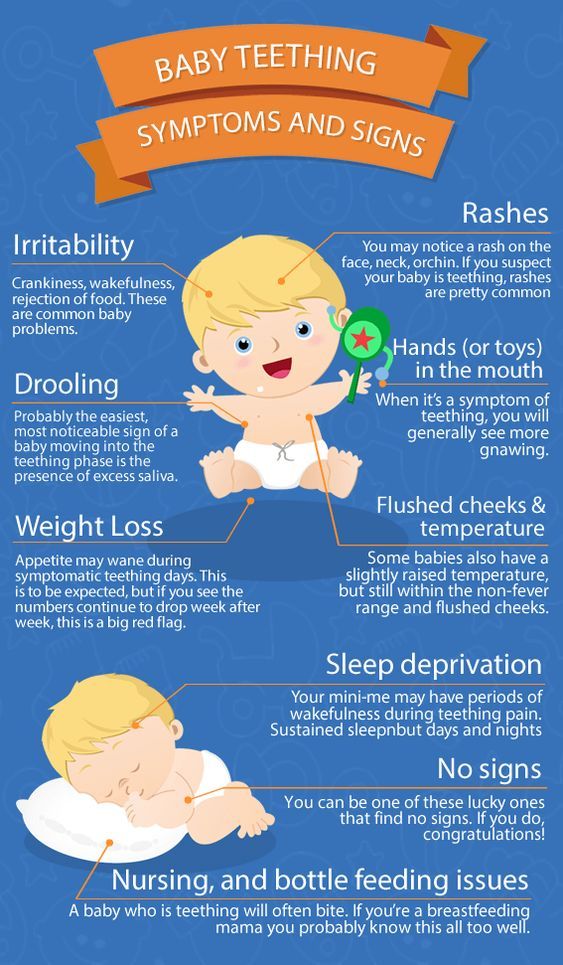
- Your baby is 6 to 24 months old and has a temperature of 102 degrees or higher that lasts longer than a day.
Call your baby’s doctor or go to urgent care or the emergency room right away if:
- Baby is under 2 months old and has a fever.
- Baby is unvaccinated and has a fever.
- Baby is nonstop crying or cries when touched or moved.
- Baby is having difficulty breathing.
- Baby is struggling to swallow fluids.
- Baby is shaking or has chills that last more than 30 minutes.
- Baby keeps vomiting.
- Baby has an unusual skin rash that worsens.
- Baby stops peeing.
Call 911 for immediate emergency care if:
- Baby isn’t moving.
- Baby can’t wake up.
- Baby has severe trouble breathing such as struggling for breath or can barely cry or speak.
- Baby has purple or blood-colored spots or dots on their skin.
Nervous about your baby’s fever? We can help.

If you’re not sure if you should be concerned about your baby’s temperature, call us. We’re here to help.
HealthPartners members and patients can call 800-551-0859. Park Nicollet patients can call their clinic directly during regular business hours, or 952-993-4665 if it’s after hours. For questions and advice on new baby care, you can also call our 24/7 BabyLine at 612-333-2229.
If a child has a fever, what should I do?
home
Articles
Health
Kurilova Alina Petrovna Pediatrician
14.05.2019
Before you start taking antipyretics, you need to answer a few questions:
-
what is the age of the child?
-
How does a child tolerate an increase in a particular temperature?
-
Have there been any family or child history of febrile seizures?
-
Are there any other symptoms of the disease besides fever?
An increase in temperature or fever is a protective and adaptive reaction of the body in response to the effects of pathogenic stimuli, which results in a restructuring of thermoregulation processes, leading to an increase in body temperature, which stimulates the body's natural resistance.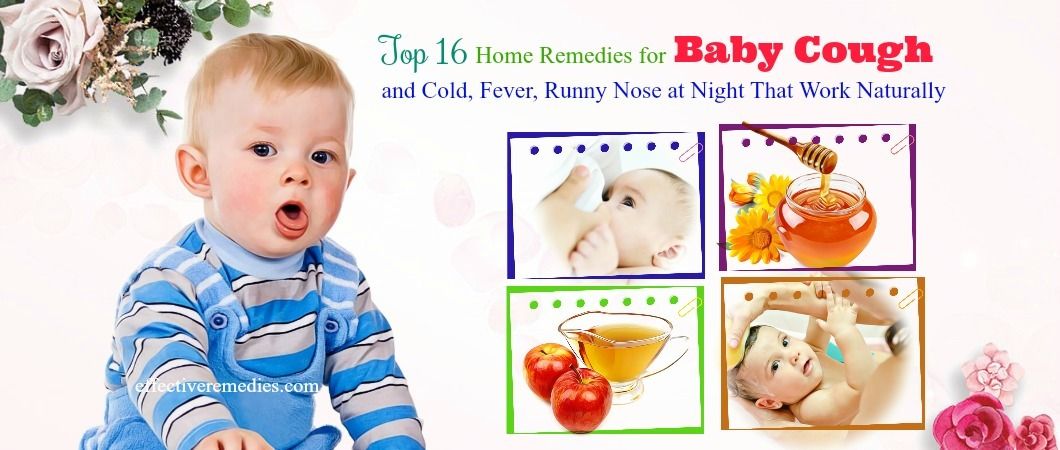
An increase in temperature affects the child's body both positively and negatively.
The positive effect of is that when the temperature rises in the child's body, the immune system is activated, phagocytosis increases, the production of antibodies increases and the level of interferon increases, which helps to stop the reproduction of pathogenic microorganisms and overcome the infection.
Negative influence high temperature in a child is manifested in the occurrence of convulsions (febrile), increased stress on the baby's cardiopulmonary system (heart rate and respiratory rate become more frequent). Therefore, fever is dangerous for children with malformations of the heart and bronchopulmonary system, heart rhythm disturbance. Also, when the temperature rises, the work of the brain, liver, stomach, kidneys and other internal organs suffers, which is dangerous for children with chronic pathologies of internal organs, symptoms of dehydration, developmental disorders and diseases of the nervous system.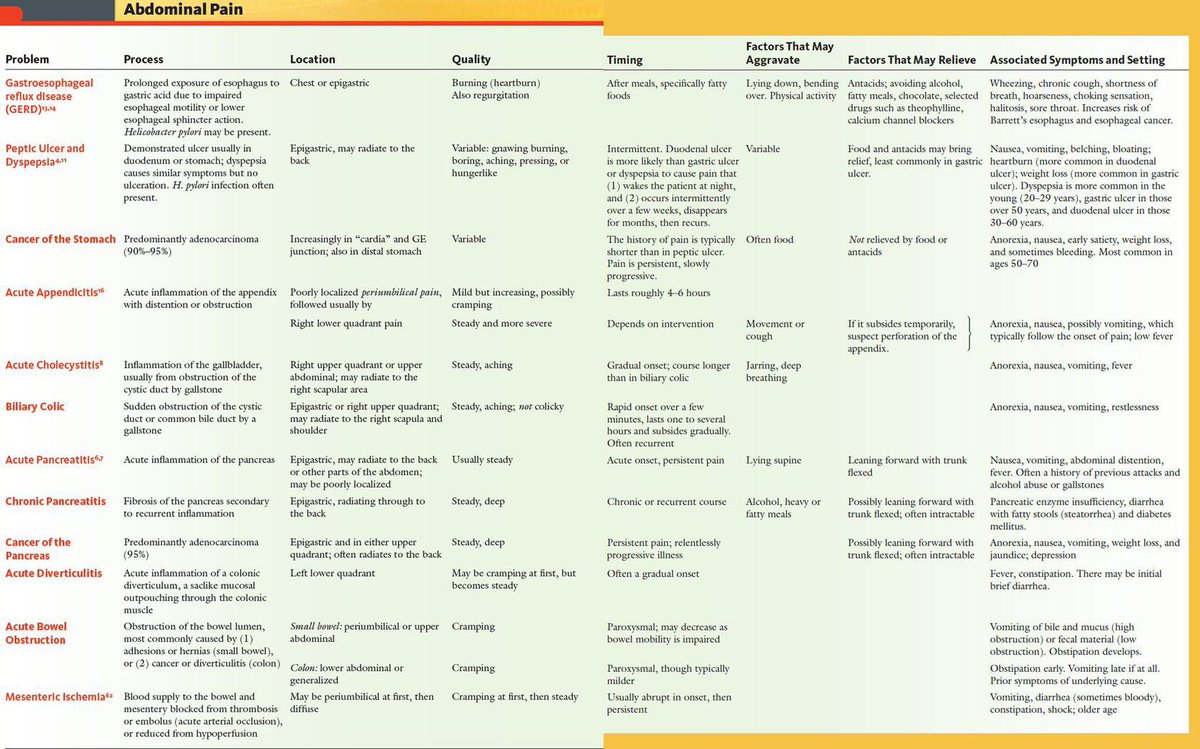
Fever varies:
-
with the flow:
-
acute (fever up to 2 weeks),
-
subacute (up to 6 weeks),
-
chronic (over 6 weeks).
-
-
by the degree of increase of the indicator:
-
subfebrile (increase to +38.0 degrees)
-
febrile (from +38.0 to +39.0 degrees),
-
pyretic (from + 39.0 to + 41.0 degrees),
-
hyperpyretic (over +41.0 degrees).
-
-
according to the type of temperature curve:
-
constant (temperature fluctuations during the day are not higher than 1 degree).
-
laxative (daily fluctuations up to 2 degrees),
-
atypical (fluctuations are chaotic, different and irregular),
-
debilitating (a combination of laxative and atypical fever with fluctuations during the day more than 2-3 degrees),
-
intermittent (a combination of short periods of temperature increase and decrease to normal numbers),
-
return (alternation of periods of temperature increase with periods of temperature normalization from 2 to 7 days).
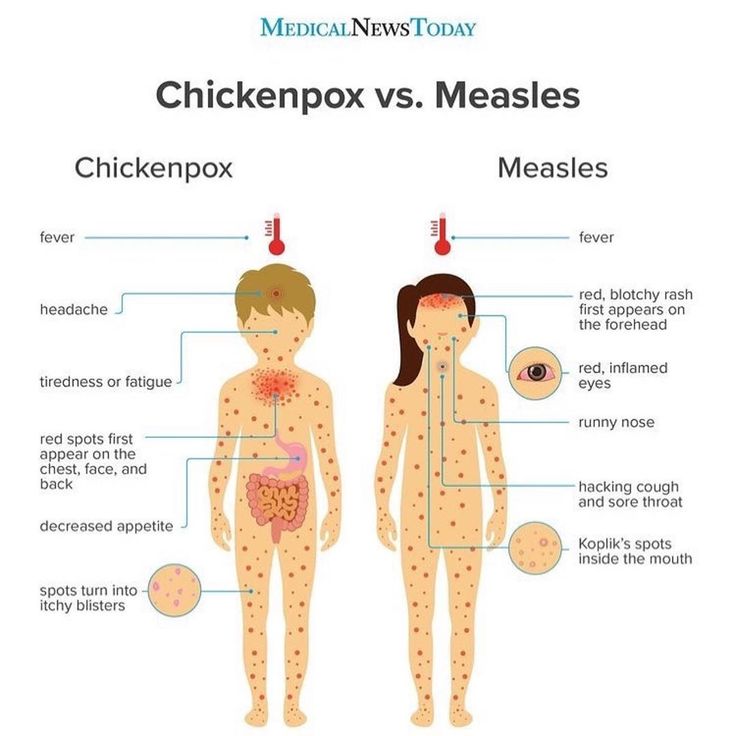
-
On the recommendation of the WHO (World Health Organization), antipyretics are prescribed for children according to age:
-
from the moment of birth to 2 months at a temperature of +38.0 degrees,
-
children from 3 months to 24 months at a temperature of +38.5 degrees,
-
children from 1 to 5 years old at a temperature of +39.0 degrees,
-
children over 5 years old with indicators of + 39.5- + 40.0 degrees.
On the other hand, the approach to each child should be individual.
If a child
- restless or feeling weak,
- cannot tolerate muscle pain, headache,
- have nausea,
- no appetite,
then you must first apply physical methods to improve the well-being of the child :
-
put to bed - so the body will save strength to fight the infection, calm the child;
-
drink fractionally with water or sweetened warm herbal tea with chamomile, linden, cranberry juice;
-
provide access to fresh air;
-
to feed in the presence of appetite in small portions of warm food (for example, soup, liquid porridge on the water, a light breakfast).
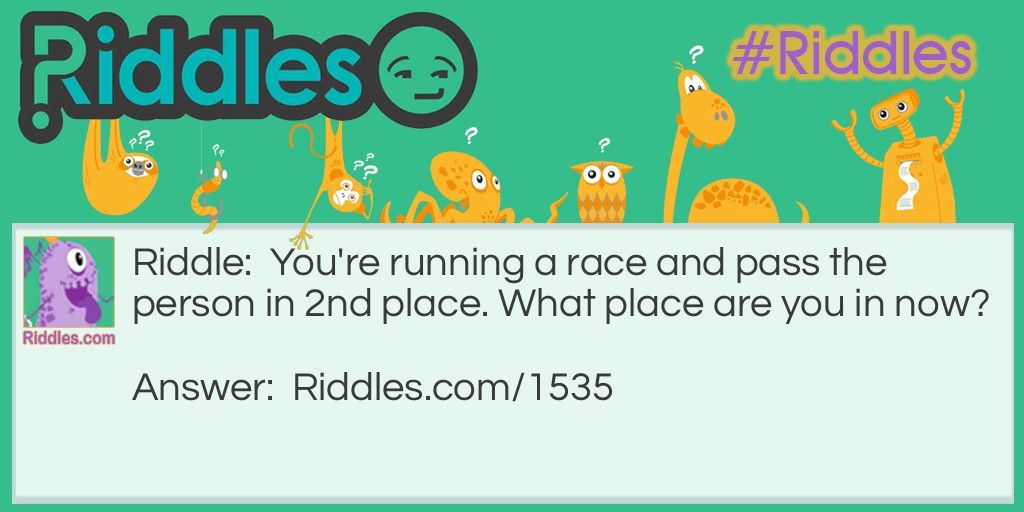
Also, according to the clinical variant of the course of fever, apply additional cooling measures.
With "red" or "pink" fever
- the child's body feels hot to the touch,
- skin red or pink, moist,
- the child himself does not complain about his well-being, he is active, his appetite does not disappear.
In this case, child needs
- undress,
- wipe with a towel soaked in water at room temperature,
- apply a cool compress to the forehead,
- drink water at room temperature
- and be sure to call a doctor.
With "white or pale" fever
- the child's limbs and body are cold to the touch,
- lips and nail beds become bluish,
- pale and dry skin,
- there is a violation of well-being: the child is lethargic, delirium is possible.
In this case child needs
- warm by rubbing the limbs with hands or using warm water (no other means!),
- put on socks,
- cover with a blanket
- and drink warm tea or water.
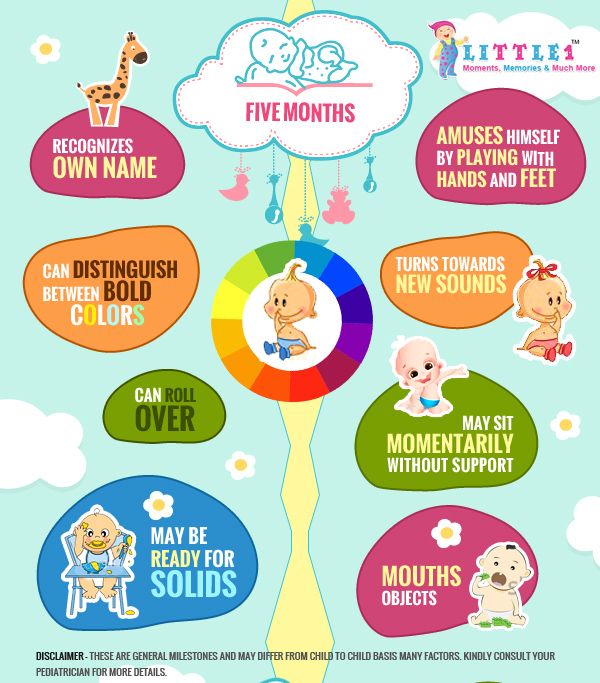
The use of antipyretics for such symptoms is ineffective - you need to urgently call a doctor!
An exception is children at risk, who have their temperature reduced above 37.1 degrees. These are children,
- with diseases of the nervous system,
- experiencing convulsions due to fever,
- suffering from chronic diseases of the circulatory system, respiratory organs or with hereditary metabolic diseases and other risks (overheating, symptoms of dehydration, etc.).
Febrile convulsions are diagnosed more often in children under 6 years of age with temperatures above +38 degrees, as well as in children with pathology of the nervous system at any temperature. For such children, it is recommended to lower the temperature to febrile levels (not higher than +38.0) or to those values recommended by a neuropathologist.
Usually, against the background of an increase in temperature, the child's heart rate and respiratory rate increase: the respiratory rate increases by 4 respiratory movements for every degree above +37. 0 degrees, and the pulse rate - by 20 beats per minute for every degree. However, against the background of diseases of the cardiovascular system and respiratory organs, such as malformations or cardiac arrhythmias, inadequate increases or slowdowns in heart rate and respiration are possible. Such children, on the recommendation of a cardiologist and pulmonologist, are prescribed antipyretic drugs to febrile numbers (ie, not higher than +38.0 degrees).
0 degrees, and the pulse rate - by 20 beats per minute for every degree. However, against the background of diseases of the cardiovascular system and respiratory organs, such as malformations or cardiac arrhythmias, inadequate increases or slowdowns in heart rate and respiration are possible. Such children, on the recommendation of a cardiologist and pulmonologist, are prescribed antipyretic drugs to febrile numbers (ie, not higher than +38.0 degrees).
Children with hereditary metabolic diseases (diseases of the thyroid gland, kidneys, liver, disorders in the immune system, and others) and children with imperfect compensatory mechanisms of thermoregulation during fever (these are some children from birth to 2 months) are also prescribed antipyretic drugs on the recommendation of related specialists means to febrile digits.
Overheating - increase in body temperature due to additional exposure to heat
- prolonged sun exposure,
- use of excess clothing,
- excessive wrapping of children).

The danger of overheating is associated with the risk of heat stroke. It manifests itself
- not only in elevated temperature,
- but also in impaired consciousness, convulsions,
- disorders of the heart and breathing.
First aid is to call the ambulance "112".
Until the doctor arrives
- undress the child,
- move to a cool place or shade,
- supply fresh air or fan (not cool air!),
- apply a cold compress to the forehead,
- Wipe the body with cool water or cover with a sheet dampened with cool water.
Antipyretic therapy for children should be prescribed strictly individually, taking into account clinical and anamnestic data.
It is important to know that taking antipyretic drugs does not shorten the duration of the febrile period. At the end of the drug, the temperature rises again.
Antipyretics have a lot of side effects:
- allergic reactions,
- bleeding,
- damage to the stomach (vomiting, regurgitation),
- Reye's syndrome (against the background of rash, vomiting, psychomotor agitation occurs).
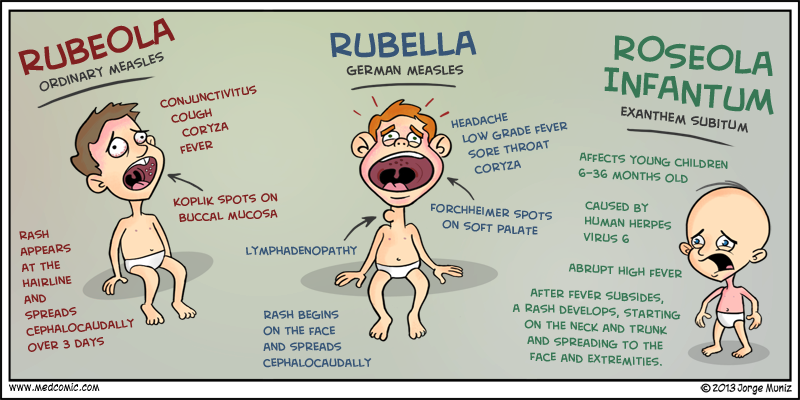
In addition, the decrease in body temperature should not be critical, it is not necessary to achieve normal performance. It is enough to lower the temperature by 1.0 or 1.5 degrees, which will improve the child's well-being and avoid collapse.
The collapse develops with a critical (rapid and sharp) decrease in temperature for a short time (from 40-41 degrees to 37-36.0 degrees) by 2.5 - 3.0 degrees or more.
The result is
- acute cardiovascular insufficiency, accompanied by vasospasm and circulatory disorders.
Child feels
- cold or chilly,
- severe weakness,
- headache,
- thirsty,
- he has pale skin up to a bluish tint,
- sticky sweat,
- cold extremities,
- insomnia,
- shortness of breath up to shallow breathing,
- palpitations,
- lowering blood pressure,
- convulsions,
- loss of consciousness.
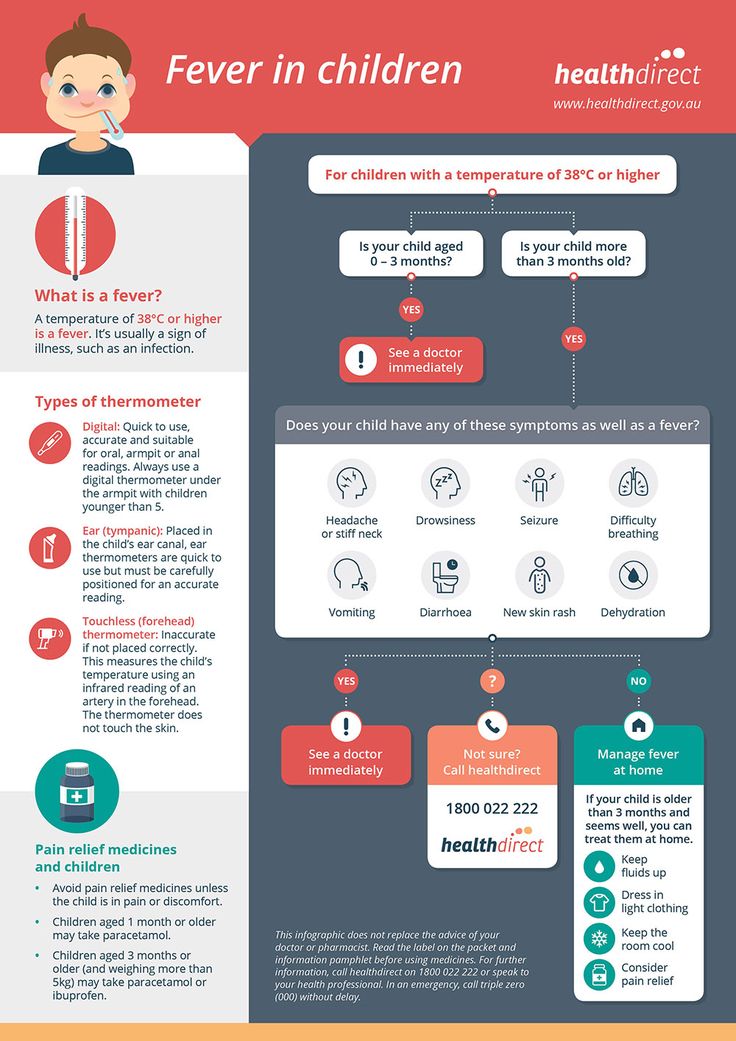
First aid before the arrival of the doctor:
- put the child in such a way that the head is not raised, and the legs are on the pillow (30-40 cm above the head).
- Warm up by covering the child with heating pads,
- shelter,
- rub limbs with hands,
- drink warm sweetened herbal tea, water,
- change underwear and bed linen.
It is also important to know that antipyretics should not be used in courses, as this makes it difficult to diagnose a child's disease. An increase in temperature is often the only manifestation of a violation of the child's health. Therefore, a doctor's examination and additional examinations are necessary.
Constipation in children. Prevention. Diet therapy
Medical examination before kindergarten and school
Return to the list
Temperature in a child: what to do
frightens young parents, and in a state of panic people tend to accept rash decisions, the consequences of which can harm health child.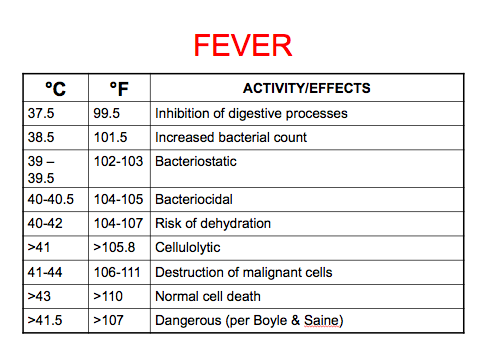 Our article will help you understand in what situations you can get by with a pediatrician in a clinic, and in which you really need take emergency measures, and what you can do yourself before consulting with doctor to help the baby.
Our article will help you understand in what situations you can get by with a pediatrician in a clinic, and in which you really need take emergency measures, and what you can do yourself before consulting with doctor to help the baby.
How to measure temperature?
When fever is suspected, it is important to take the temperature correctly in the first place.
The traditional axillary measurement is not considered the most reliable, but is safer for newborns than an anus or ear measurement. For babies under two years old, it is recommended to measure the temperature rectally, and if this is not possible, then in the mouth, inguinal fold or armpit. To measure the temperature in infants in the mouth, electronic thermometers or special pacifier thermometers are used.
Ear temperature accuracy is generally good for adults and older children, but not good for toddlers under two years of age. Standard ear thermometers tend to be too big for their small ears and therefore may not be accurate.
Breast temperature: normal
With different methods of measuring temperature, the norm will be different:
- in the armpit - from 34.7°C to 37.3°C;
- rectal - 36.6°C to 38°C;
- in the ear - 35.8°C to 38°C;
- mouth - 35.5°C to 37.5°C
At overheating, in a room that is too hot, in the sun, in an excessively warm clothes, the temperature of the baby may even be slightly (by 0.1–0.3 degrees) above, and this difference will not be considered a deviation from the norm. Such cases, it is enough to undress the child or move him to a cool room for the temperature to return to normal.
When you need to urgently call an ambulance:
- If a child under 3 months of age has a fever above 38°C
- If fever is accompanied by severe vomiting, convulsions, fainting, loss of balance and other neurological symptoms.
- If you observe these symptoms without fever, you still need to call an ambulance.
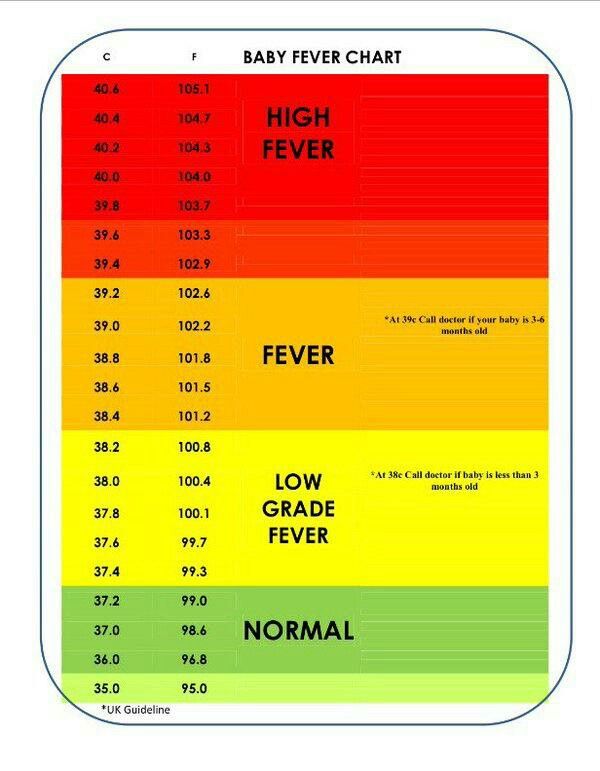
- If the child has had a previous febrile seizure.
- If the baby has difficulty breathing, blue skin and/or barking cough. Again, in this situation, you need to call an ambulance and in the absence of temperature.
- If the baby has diagnosed diseases of the nervous or cardiovascular system.
When to call the district "ambulance":
- If a child aged 3 to 6 months the temperature rose above 38.5°C.
- If a child aged 6 months or more up to 1 year the temperature rose above 39.5°C.
- If the temperature is above 38.5°C in a child under one year old, it lasts longer than three days.
- If fever is accompanied by symptoms such as vomiting, rash, diarrhea, constant crying, sudden drowsiness.
- If the child fails to drink water, the child's eyes or fontanelle become sunken and other signs of dehydration are observed.
- If a child's feet and hands become cold at high temperature, a "marble" pattern appears on the skin.
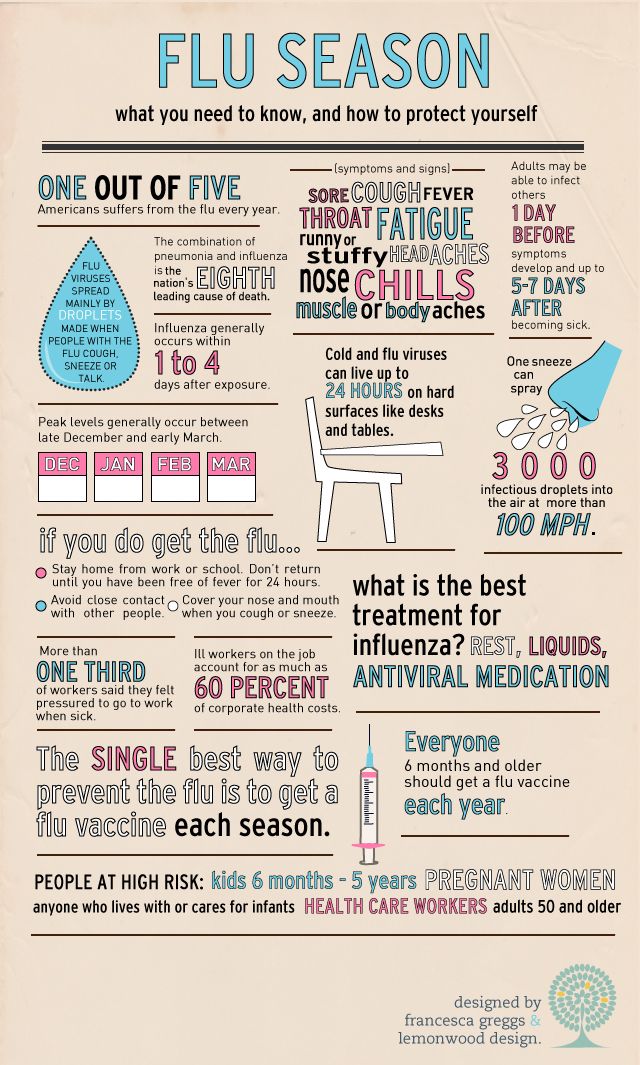
In other cases, it is usually enough to make an appointment and go with the child to the pediatrician over the next few days, but you should not completely refuse to consult a doctor.
Is it possible to cope with the temperature in the baby on their own?
It is extremely undesirable to engage in self-diagnosis and self-treatment, especially when it comes to small children. If the body temperature is above 38°C in a child, it is imperative to consult a pediatrician. The doctor will diagnose the baby, and, if necessary, prescribe medication.
But there are a few things you can do to help lower your temperature and make your baby feel better while you wait for your pediatrician or emergency room visit.
- Drinking plenty of water
Place your baby on the breast as often as possible and let him suckle as much as he wants. Give your baby plenty of water between feedings. If you have already introduced complementary foods, and the child refuses to breastfeed or drink water, offer him other drinks according to age - baby milk, compotes, baby juices or sour milk drinks.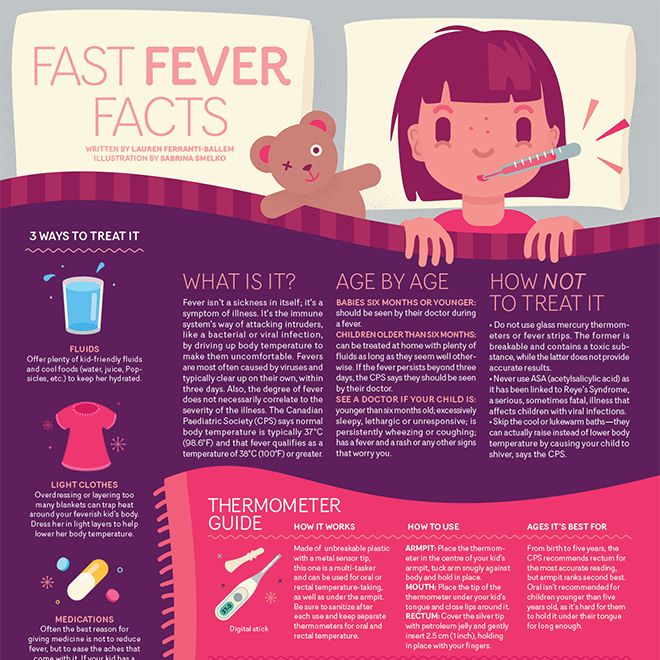 It is very important that the child drinks enough.
It is very important that the child drinks enough.
- Room temperature reduction
Ideally, the temperature in the room where the baby sleeps should be no more than 20-23°C. You should ventilate the room more often to provide the baby with access to fresh air.
- Warm water rubdown
Try wiping your baby with a cloth soaked in water at room temperature. After wiping, you can not wrap the child, because. the opposite effect may develop.
- Hand and foot warmer
If your baby's hands and feet get cold with a high temperature, try to warm them up to improve blood circulation: first rub until reddened, and then put on warm woolen socks and mittens. If it is not possible to warm the limbs, call an ambulance.
What you should never do on your own:
- Wipe your child with vinegar or alcohol. This is fraught with vasospasm and can lead to the opposite effect, that is, an increase in body temperature, and also cause poisoning.
